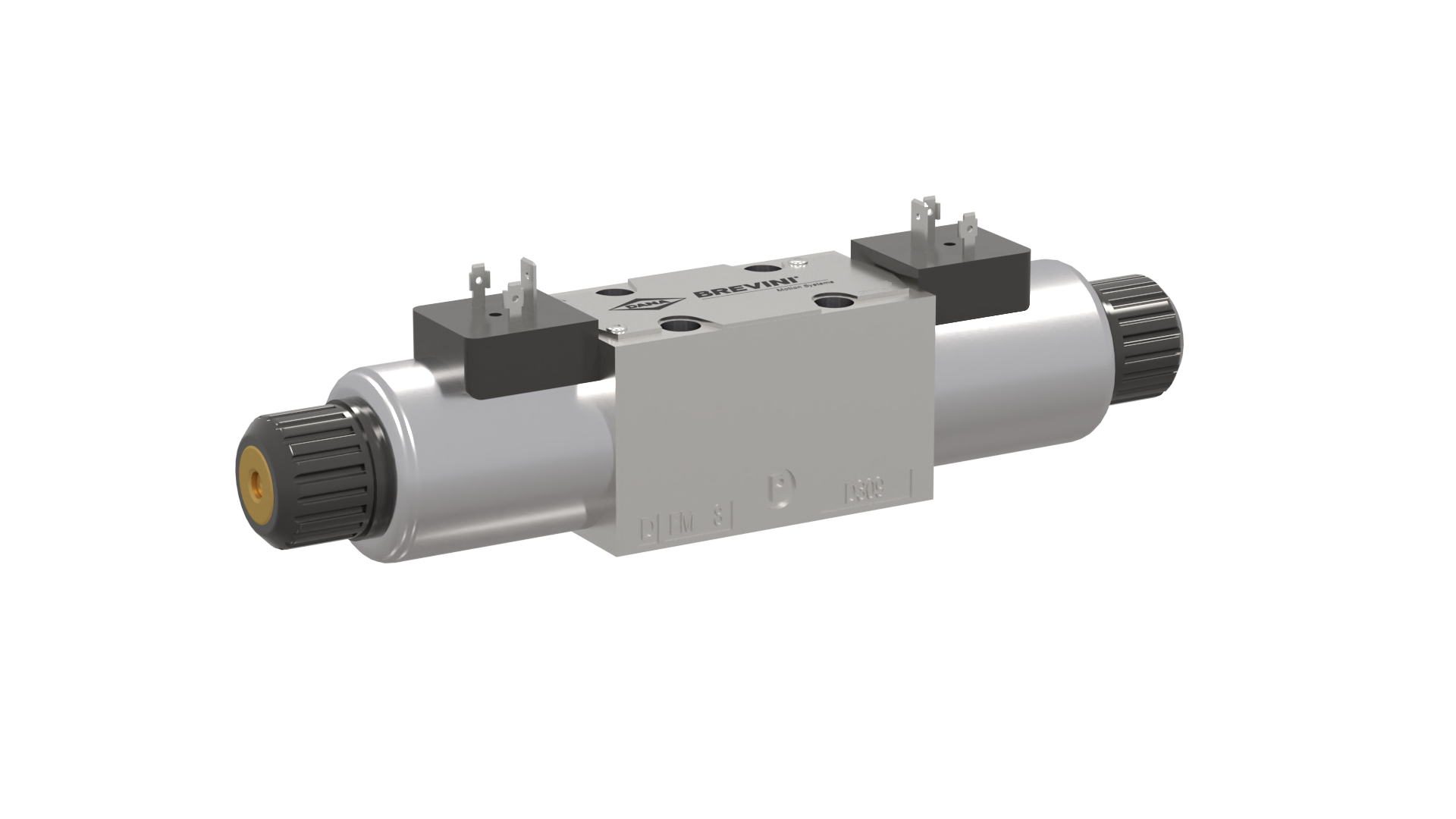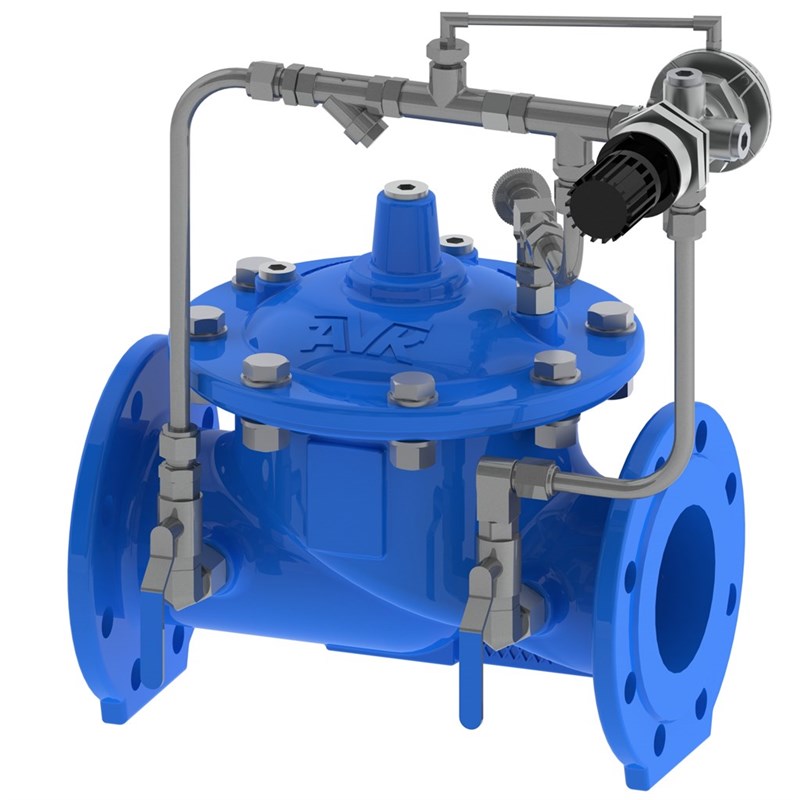The Role of Control Valves in Fluid Circulation Administration Equipment
Wiki Article
Achieve Seamless Integration and Control With Top Quality Building Automation Controls
In the world of modern building monitoring, the importance of quality building automation controls can not be overemphasized. Embracing top quality building automation controls is not simply a matter of convenience but a critical essential for companies aiming to maximize their centers' efficiency and sustainability.
Evolution of Building Automation Controls
Throughout the past few years, the advancement of developing automation controls has actually dramatically changed the method structures are handled and operated. At first, developing automation systems largely focused on basic functions such as regulating air, heating, and air flow conditioning (A/C) systems. However, as technology progressed, these controls have come to be extra innovative, permitting a bigger variety of structure systems to be incorporated and handled centrally.The advancement of developing automation controls has seen a shift towards more smart systems that can adapt to altering problems in real-time. This versatility is crucial for optimizing power performance and guaranteeing passenger convenience. Furthermore, modern structure automation controls now supply functions such as predictive upkeep, remote monitoring, and data analytics, allowing center supervisors to make data-driven decisions to improve structure performance.

Advantages of High Quality Combination
The innovation in structure automation regulates towards more intelligent systems has actually underscored the considerable advantages of high quality assimilation in maximizing structure procedures and enhancing general performance. Quality integration of constructing automation controls provides a number of key benefits. To start with, it leads to improved energy effectiveness by allowing different systems to function together seamlessly, making sure optimal efficiency and lowering power waste. Quality assimilation enhances passenger comfort and efficiency by allowing customized control over ecological setups like air, illumination, and temperature high quality. This customization can result in a much more comfortable and conducive working or living atmosphere. Additionally, top quality integration streamlines upkeep and troubleshooting processes, as all systems are adjoined and can be kept track of and managed from a centralized interface. This central control also offers much better visibility and understandings into structure efficiency, allowing aggressive maintenance and optimization techniques. In general, the advantages of quality integration in building automation controls are indisputable, providing raised performance, comfort, and functional performance.Enhanced Individual Experience and Ease Of Access
Enhancing user interaction with structure automation controls with intuitive style and enhanced access boosts the general experience for occupants and facility managers alike. By concentrating on user experience, developing automation systems can come to be more efficient and easy to use. User-friendly user interfaces, clear navigation, and personalized setups encourage users to engage with the controls quickly and properly.Accessibility functions play a crucial duty in ensuring that all people, including those with specials needs, can use the building automation controls effortlessly. Incorporating functions such as voice commands, responsive switches, and color-contrasted display screens can enhance access and make the controls much more comprehensive.
In addition, enhanced user experience causes greater customer fulfillment, raised performance, and far better decision-making. Passengers can change ecological settings according to their preferences, while facility supervisors can efficiently manage and keep track of structure systems - control valves. Generally, focusing on individual experience and access in building automation controls adds to a much more effective and smooth building setting for all stakeholders included
Sustainable Practices Via Automation

Moreover, automation can promote the integration of eco-friendly energy sources such as photovoltaic panels or wind turbines into building operations. By immediately adjusting power use based upon the accessibility of eco-friendly power, structures can even more minimize their reliance on non-renewable resources. This seamless assimilation of lasting techniques not only profits the atmosphere but also improves the overall functional effectiveness and cost-effectiveness of the structure. Through automation, structures can align with modern sustainability goals and contribute to a greener future.
Future Trends in Building Control Equipment
In expectancy of advancing technologies and advancing sustainability techniques, the trajectory of structure control systems is positioned to welcome transformative approaches and innovative options. One prominent pattern shaping the future of structure control systems is the boosted integration of Artificial Intelligence (AI) and maker learning. These technologies allow buildings to adapt in real-time to transforming problems, maximizing energy usage and enhancing comfort for owners. Additionally, the Internet of Things (IoT) is revolutionizing building control systems by linking devices and sensing units to streamline operations and boost performance.
Another key fad is the emphasis on cybersecurity measures to safeguard versus prospective risks to constructing automation systems. As structures come to be a lot more interconnected, making sure robust cybersecurity procedures will certainly be vital to protect delicate data and stop unapproved access.
In addition, the change in the direction of cloud-based systems is obtaining energy, allowing for streamlined control and remote access to building systems. This helps with simpler surveillance, maintenance, and updates, boosting the overall performance and adaptability of structure control systems. As innovation continues to try these out development, these trends are expected to shape the future landscape of building automation controls, driving development and sustainability in the constructed setting.
Final Thought
Finally, building automation controls have actually progressed substantially, offering countless advantages such as enhanced customer experience, ease of access, and lasting techniques. Quality integration plays a crucial duty in attaining seamless control and reliable operation of building systems. Future trends in structure control systems are likely to focus on more improving automation capacities for enhanced energy effectiveness and overall efficiency. It is necessary for structure proprietors and operators to prioritize the adoption of quality structure automation controls to enhance structure procedures and attain lasting sustainability objectives.In the world of modern-day structure monitoring, the relevance of quality structure automation controls can not be overstated. Generally, the evolution of building automation controls continues to drive development in the building monitoring industry, supplying brand-new possibilities for creating smarter and much more lasting structures.
The improvement in building automation manages in the direction of even more intelligent systems has highlighted the Read Full Report significant benefits of quality assimilation in optimizing structure procedures and enhancing general performance. Overall, focusing on customer experience and accessibility in structure automation regulates adds to a much more seamless and effective structure atmosphere for all stakeholders entailed.
It is vital for building owners and drivers to focus on the fostering of quality structure automation manages to maximize building procedures and attain long-term sustainability objectives. - control valves
Report this wiki page